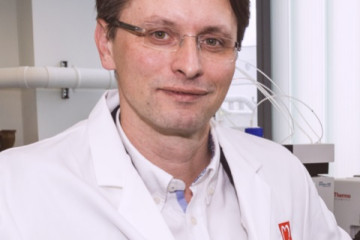PhD Studentship
Development and disease modelling in engineered vascular tissues

At a glance
In progress
Award date
October 2023 - September 2026
Grant amount
£90,000
Principal investigator
Professor Manuel Mayr
Co-investigator(s)
Institute
Imperial College London
R
- Replacement
